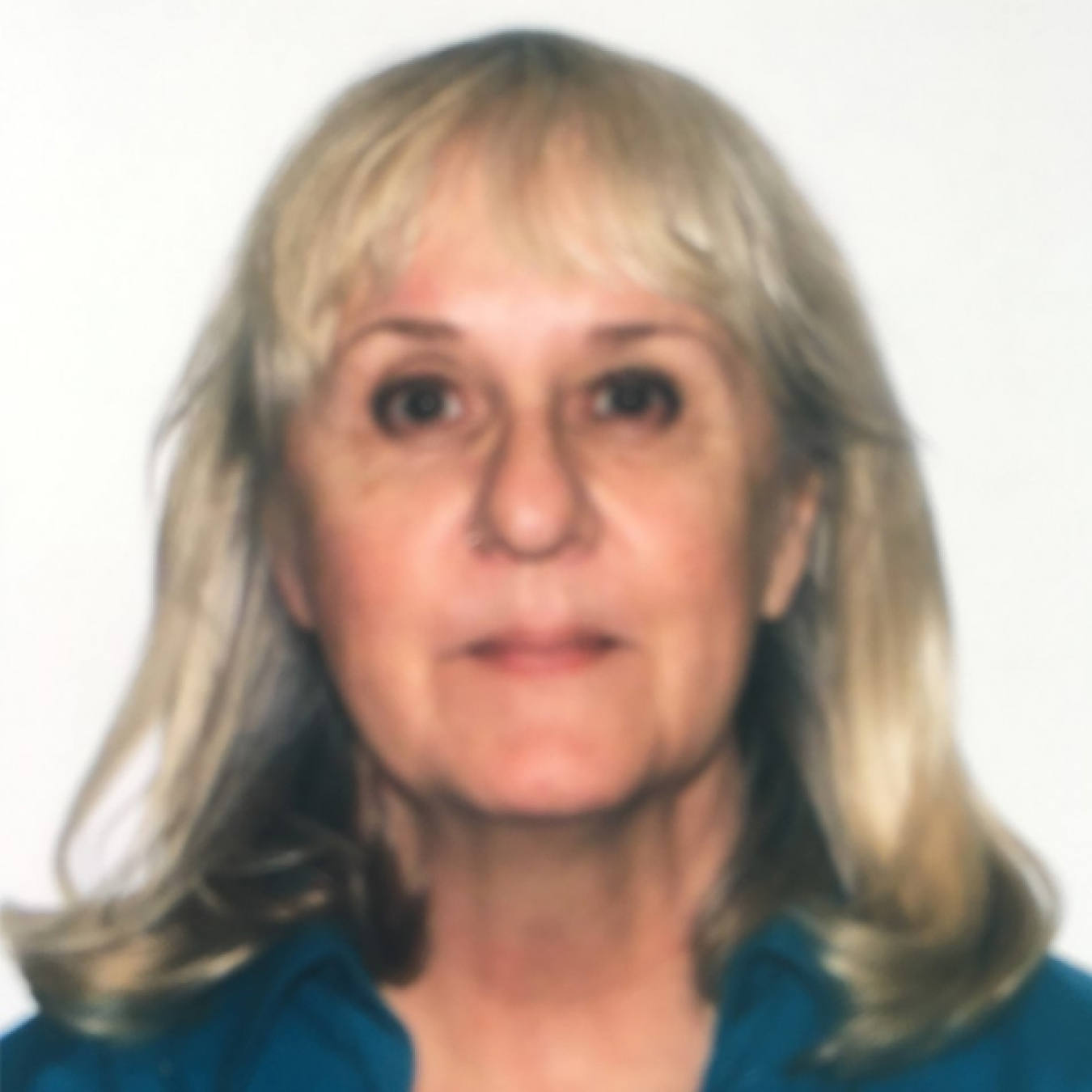David Shih and his team have identified a number of new search strategies for supersymmetry which experimentalists are actively pursuing today.
January 3, 2020
WHAT DID THE 2010 EARLY CAREER AWARD ALLOW YOU TO DO?
The 2010 DOE Early Career Award enabled me to freely work on topics that were interesting to me without having to worry about funding or pressure to produce on a short-time scale. At the time of the Award – 2009 – the Large Hadron Collider (LHC) was about to start. So it was a very exciting time. The major goals of the entire high-energy physics community were to discover the Higgs Boson and study its properties, and to discover physics beyond the Standard Model.
Goal (partially) accomplished - we did discover the Higgs Boson! And we will be studying the properties of the Higgs for years to come. Meanwhile, the hunt for new physics continues.
One of the areas I was most interested in was supersymmetry. Supersymmetry was and still is one of the biggest targets of what new physics looks like at the LHC. It solves a number of theoretical problems of the Standard Model, the hierarchy problem in particular.
Prior to our work, the whole signature space for supersymmetry had not been mapped. If we had found supersymmetry, it would have predicted many new particles which would have been seen with spectacular signatures. My collaborators and I contributed to the understanding of the full extent of these signatures. We also identified a number of new search strategies for supersymmetry which experimentalists are actively pursuing today.
After the Higgs Boson was discovered, its properties had serious implications for supersymmetry. My research contributed significantly to understanding these implications and particularly the constraints they impose on supersymmetric models.
The Early Career Award allowed me to contribute to papers answering the questions: what will we find at the LHC, strategies for new discoveries, and what comes next.
ABOUT:
David Shih is an associate professor in the New High Energy Theory Center of the Department of Physics and Astronomy at Rutgers, The State University of New Jersey.
SUPPORTING THE DOE SC MISSION:
The Early Career Award program provides financial support that is foundational to young scientists, freeing them to focus on executing their research goals. The development of outstanding scientists early in their careers is of paramount importance to the Department of Energy Office of Science. By investing in the next generation of researchers, the Office of Science champions lifelong careers in discovery science.
For more information, please go to the Early Career Research Program.
THE 2010 PROJECT ABSTRACT:
Supersymmetry Breaking, Gauge Mediation and the LHC
The objective of this project is to advance theoretical understanding of a class of models that may provide a consistent framework to address how elementary particles acquire their mass. This class of models invokes a new symmetry called supersymmetry which has to be broken in some way at low energies. There are several proposed mechanisms for supersymmetry breaking. This project will focus on what is known as the gauge‐mediation mechanism. Supersymmetric models suggest possible dark matter candidates and new particles that may be produced in hadron colliders such as the Tevatron and the LHC. This project will examine the phenomenological consequences of models with gauge‐mediated supersymmetry breaking to aid the search for evidence of such models in collider and dark matter experiments.
RESOURCES:
Y. Kats et al., “The Status of GMSB after 1/fb at the LHC.” Journal of High Energy Physics 2012 (2012). [10.1007/jhep02(2012)115].
P. Draper et al., “Implications of a 125 GeV Higgs Boson for the MSSM and Low-Scale Supersymmetry Breaking.” Physical Review D 85 (2012). [10.1103/physrevd.85.095007].
J. A. Evans et al., “Toward full LHC coverage of natural supersymmetry.” Journal of High Energy Physics 7 (2014). [10.1007/jhep07(2014)101].
DOE Explains… offers straightforward explanations of key words and concepts in fundamental science. It also describes how these concepts apply to the work that the Department of Energy’s Office of Science conducts as it helps the United States excel in research across the scientific spectrum. For more information on ultrafast science and DOE’s research in this area, please go to “DOE Explains… Higgs Boson” and to “DOE Explains…the Standard Model of Particle Physics.”
Additional profiles of the Early Career Research Program award recipients can be found on the Early Career Program Page.
The Office of Science is the single largest supporter of basic research in the physical sciences in the United States and is working to address some of the most pressing challenges of our time. For more information, please visit www.energy.gov/science.
Sandra Allen McLean

Sandra Allen McLean ([email protected]) is a communications specialist for the Office of Science in the Office of Communications and Public Affairs. Sandra is responsible for identifying, curating, or creating lay-language content about Office of Science-funded research for DOE web sites, popular and trade media, and stakeholder education. She researches and writes the historical Milestone Tweets for the office Twitter account @DOEScience.
Sandra holds an associate degree in American Sign Language interpreting, a bachelor’s in science journalism and biology, and a master’s in Information Sciences. Her hobbies are sewing – especially costumes! – and lesesucht, compounded by extreme tsundoku.

